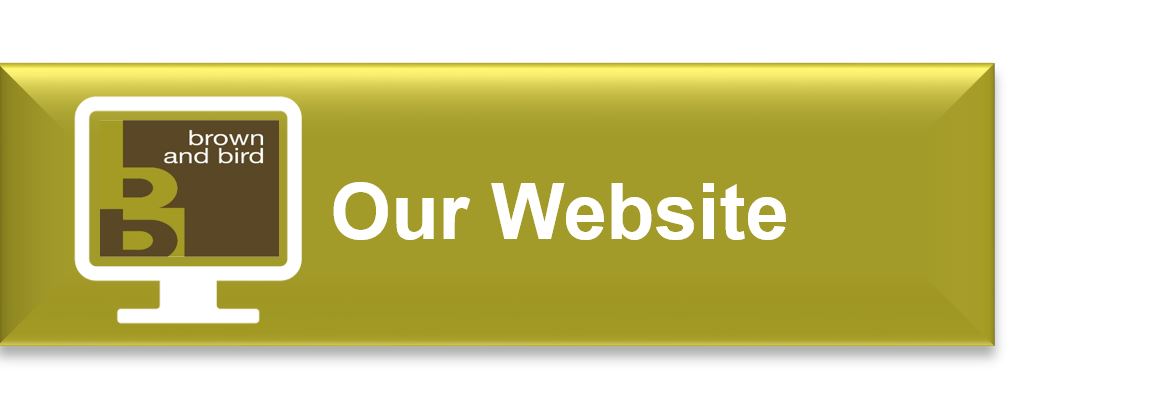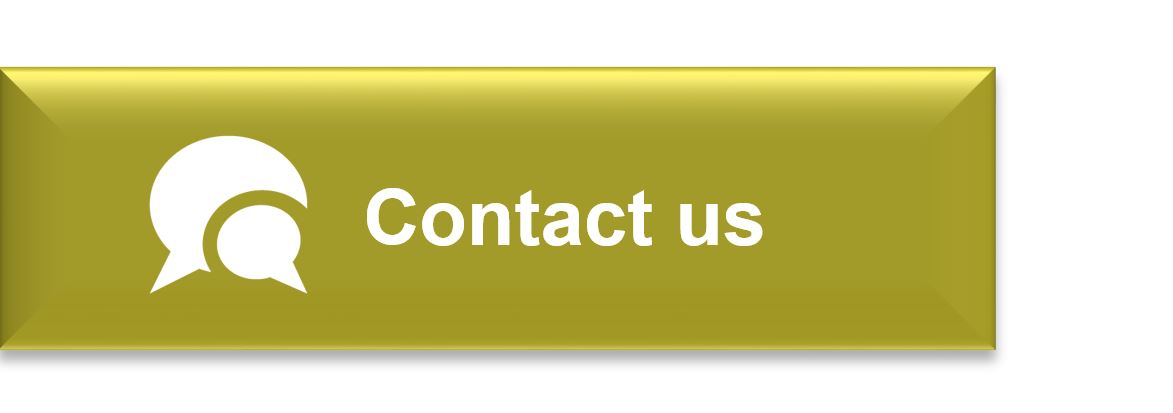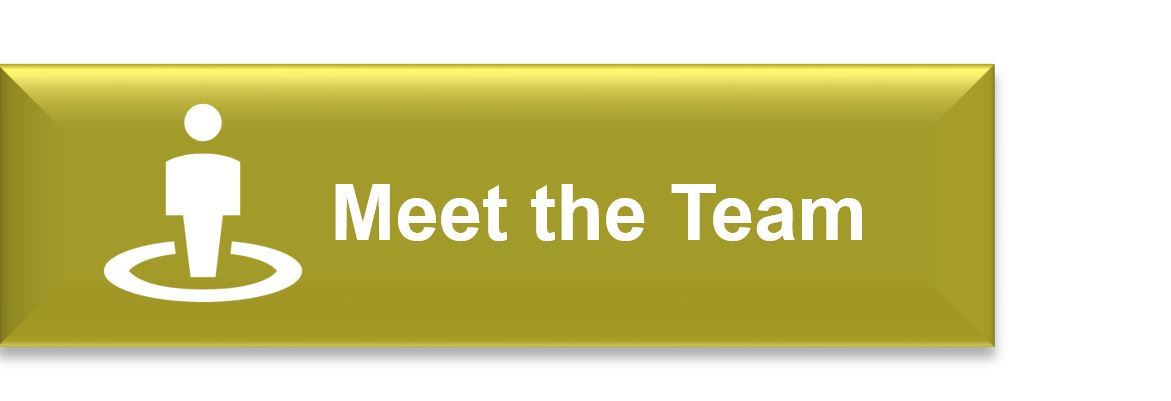Life event: Financial assistance to eligible carers
Written and accurate as at: Sep 14, 2020Current Stats & Facts

There are currently around 2.7 million informal (unpaid) carers in Australia*—primary and non-primary carers—often providing regular, and ongoing, care and support to family members, friends or neighbours.
Depending on the care recipient’s needs and condition^, the care and support provided can encompass one or more core (e.g. mobility and self-care) or non-core (e.g. household chores and meal preparation) activities.
^Disability, mental illness, chronic condition, terminal illness, an alcohol or other drug issue, or frail aged.
With approximately seven out of 10 informal carers and care recipients aged 45 and over*, it’s important to understand that there may come a time in your life when you may need to provide care and support to a family member, friend or neighbour.
Providing care and support can be a positive and rewarding experience. However, it can also come with the potential for you to experience emotional and physical strain, social strain, and financial strain.
Financial strain is recognised by the Government and it offers several types of financial assistance to eligible carers to help support them in their role.
We provide a general overview of these financial assistance measures below—in the context of aged care. It’s important to understand that other conditions may apply depending on your circumstances.
Carer Payment
Overview
The Carer Payment is a means-tested (income and assets tested) income support payment, paid fortnightly.
The Carer Payment aims to provide financial assistance to an eligible carer who is unable to work (or support themselves through substantial paid employment) due to the demands of their carer role.
General eligibility criteria
To qualify for the Carer Payment, in general, the carer needs to:
- provide constant, daily care for a person with a severe disability or medical condition or who is frail and elderly—generally, the required care must have been, or likely to be, ongoing for at least six months (unless, for example the condition is terminal).
- not be apart from the care recipient for more than 25 hours a week for work, study or training (and associated travel).
- not be a recipient of another form of social security income support payment, such as the Age Pension. However, they may be entitled to other payments, such as the Carer Allowance (see below).
In addition, both the carer and the care recipient must be Australian residents currently residing in Australia, and both must also satisfy the relevant carer, and care recipient, means-test conditions (see below tables).
Means-test conditions
Carer income and assets (1 July 2020 – 19 September 2020):
|
Income Test for Carer Payment: Income Thresholds*
|
||
|
Family situation |
Homeowners and Non-homeowners |
|
|
For full Carer Payment (per fortnight) |
For part Carer Payment (per fortnight) |
|
|
Single |
< $178 (previously $174) |
< $2,066.60 (previously $2,062.60) |
|
Couple (combined) |
< $316 (previously $308) |
< $3,163.20 (previously $3,155.20) |
|
Illness separated couple (combined) |
< $316 (previously $308) |
< $4,093.20 (previously $4,085.20) |
*These thresholds may be higher if Rent Assistance is paid with the Carer Payment.
*Some assets are deemed to earn income, while there are special rules for other types of income. Furthermore, the Work Bonus may be applicable if the carer is over Age Pension age and earning income from work.
*Income over these amounts reduce the rate payable by 50 cents in the dollar (single), 25 cents in the dollar each (for couples).
|
Assets Test for full Carer Payment: Assets Thresholds*
|
||
|
Family situation |
Homeowners |
Non-homeowners |
|
Single |
< $268,000 (previously $263,250) |
< $482,500 (previously $473,750) |
|
Couple (combined) |
< $401,500 (previously $394,500) |
< $616,000 (previously $605,000) |
|
Illness separated couple (combined) |
< $401,500 (previously $394,500) |
< $616,000 (previously $605,000) |
|
One partner eligible (combined assets) |
< $401,500 (previously $394,500) |
< $616,000 (previously $605,000) |
*These thresholds may be higher if Rent Assistance is paid with the Carer Payment.
*Some assets are deemed to earn income, while certain assets aren’t included in the assets test.
*Assets over these amounts reduce the rate payable by $3 per fortnight for every $1,000 above the amount (single and couple combined).
|
Assets Test for part Carer Payment: Assets Thresholds*
|
||
|
Family situation |
Homeowners |
Non-homeowners |
|
Single |
< $583,000 (previously $578,250) |
< $797,500 (previously $788,750) |
|
Couple (combined) |
< $876,500 (previously $869,500) |
< $1,091,000 (previously $1,080,000) |
|
Illness separated couple (combined) |
< $1,031,500 (previously $1,024,500) |
< $1,246,000 (previously $1,235,000) |
|
One partner eligible (combined assets) |
< $876,500 (previously $869,500) |
< $1,091,000 (previously $1,080,000) |
*Hardship provisions may apply.
*These thresholds may be higher if Rent Assistance is paid with the Carer Payment.
*Some assets are deemed to earn income, while certain assets aren’t included in the assets test.
*Assets over these amounts reduce the rate payable by $3 per fortnight for every $1,000 above the amount (single and couple combined).
Care recipient (and relevant family members) income and assets (1 July 2020 – 19 September 2020):
- Income must be less than $116,189 a year.
- Assets must be worth less than $716,750.
Please note: The assets test doesn't include the principal home and the first two hectares surrounding it. The carer may still qualify for the Carer Payment if the care recipient has assets worth more than $716,750.
Payment rate
|
Carer Payment rates (per fortnight*) applicable as at 1 July 2020*
|
||||
|
Family situation |
Maximum basic rate |
Maximum Pension Supplement |
Energy Supplement |
TOTAL |
|
Single |
$860.60 |
$69.60 |
$14.10 |
$944.30 |
|
Couple (each) |
$648.70 |
$52.50 |
$10.60 |
$711.80 |
|
Couple (combined) |
$1,297.40 |
$105.00 |
$21.20 |
$1,423.60 |
|
Couple separated by illness (each) |
$860.60 |
$69.60 |
$14.10 |
$944.30 |
*The Carer Payment rates change on 20 March and 20 September each year.
The Carer Payment isn’t taxable income where both the carer and care recipient are under Age Pension age— once reached, and still providing care, the carer may choose to receive either the Carer Payment or Age Pension.
Breaks from care
Providing constant, daily care can be demanding on the carer—some respite may be needed from time to time.
The carer can take a break from caring for (up to) 63 days each calendar year without affecting their Carer Payment. Respite care facilities can cater for these short-term breaks, by looking after the care recipient.
Once the 63-day threshold is reached, the Carer Payment may cease. Although, other conditions can apply, for example, if the care recipient is in hospital temporarily.
Carer Allowance
Overview
The Carer Allowance is a means-tested (income-tested) income supplement, paid fortnightly.
The Carer Allowance aims to provide financial assistance to an eligible carer even if they are engaged in work or undertaking study.
General eligibility criteria
To qualify for the Carer Allowance, in general, the carer needs to:
- provide additional daily care for a person that has a severe disability or medical condition or is frail and elderly. The additional daily care must be provided in a private home and for a limited time, hospital. With regards to additional daily care, a minimum of 20 hours of personal care per week on a daily basis is required.
In addition, both the carer and the care recipient must be Australian residents currently residing in Australia.
Please note: The carer may receive the Carer Allowance automatically if they qualify for the Carer Payment.
Means-test conditions
Carer income (1 July 2020 – 19 September 2020):
- A $250,000 annual income test limit applies, based on the combined adjusted taxable income of the carer and their current partner (where applicable).
There is no assets test for the Carer Allowance.
Payment rate
The Carer Allowance payment rate, where the care recipient is aged 16 and over, is $131.90 per fortnight^.
^The Carer Allowance payment rate changes 1 January each year.
The Carer Allowance isn’t taxable income and may be paid in addition to an income support payment, such as the Carer Payment.
Please note: The carer may be able to receive the Carer Allowance for more than one care recipient.
Breaks from care
Like the Carer Payment, the carer can take a break from caring for (up to) 63 days each calendar year without affecting their Carer Allowance—other conditions apply if the care recipient is in hospital temporarily.
Carer Supplement
Overview
The Carer Supplement is a non-means-tested (income and assets-tested) lump sum payment, paid annually.
The Carer Allowance aims to provide financial assistance to an eligible carer to assist them with the associated costs of caring for a care recipient.
General eligibility criteria
To qualify for the Carer Supplement, in general, the carer needs to:
- Be a recipient of the Carer Allowance, Carer Payment or another income support payment, such as the DVA Carer Service Pension or DVA Partner Service Pension with Carer Allowance.
In addition, both the carer and the care recipient must be Australian residents currently residing in Australia.
Means-test conditions
There are no income or assets tests for the Carer Supplement.
Payment rate
The Carer Supplement payment rate is $600 per annum and isn’t taxable income.
Please note: The carer may be able to receive the Carer Supplement for more than one care recipient.
Moving forward
Informal care can be a positive and rewarding experience for both the carer and the carer recipient. However, this is not to say that care does not come without potential negative and challenging experiences.
In light of this, it’s important to understand that carers are not alone. There is support available to help with the financial, emotional, physical and social strain that can sometimes come with being a carer.
If you have any questions regarding this article, please contact us.
*Australian Government, Australian Institute of Health and Welfare. (2019). Informal carers.













